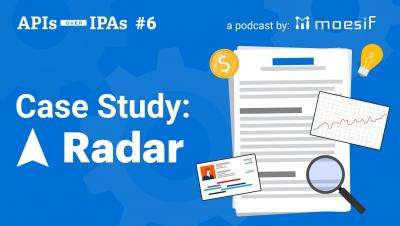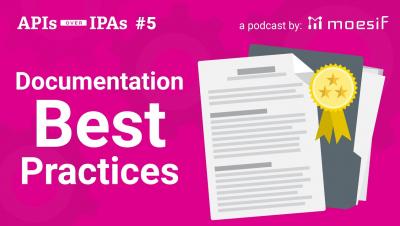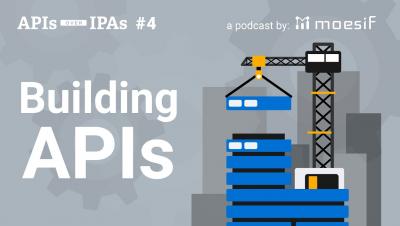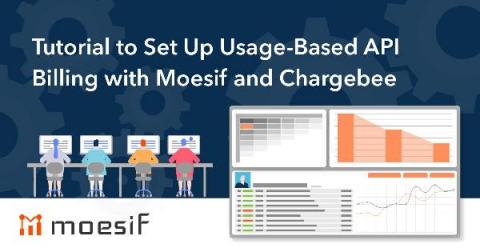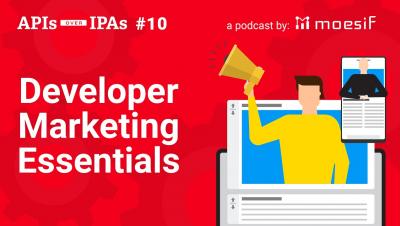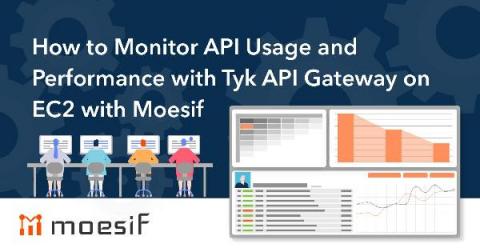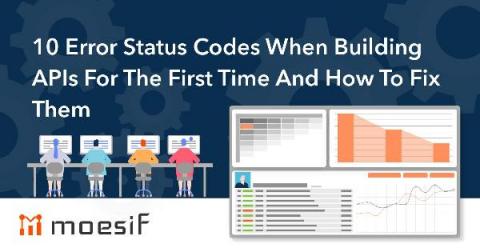Best Practices for API Rate Limits and Quotas with Moesif to Avoid Angry Customers
Like any online service, your API users expect high availability and good performance. This also means one customer should not be able to starve another customer’s access to your API. Adding rate limiting is a defensive measure which can protect your API from being overwhelmed with requests and improve general availability. Similarly, adding quota management also ensures customers stay within their contract terms and obligations ensuring you’re able to monetize your API.




